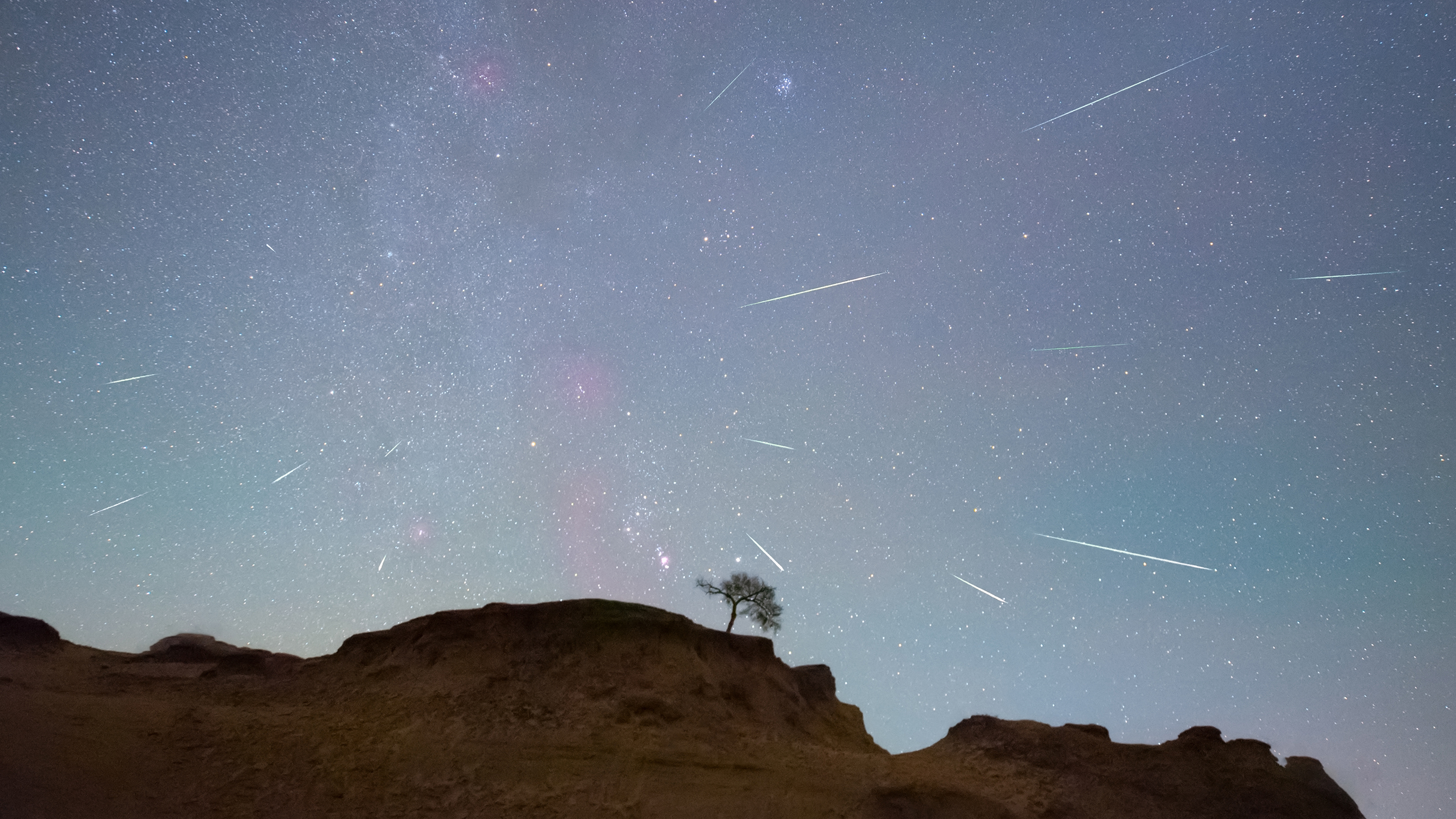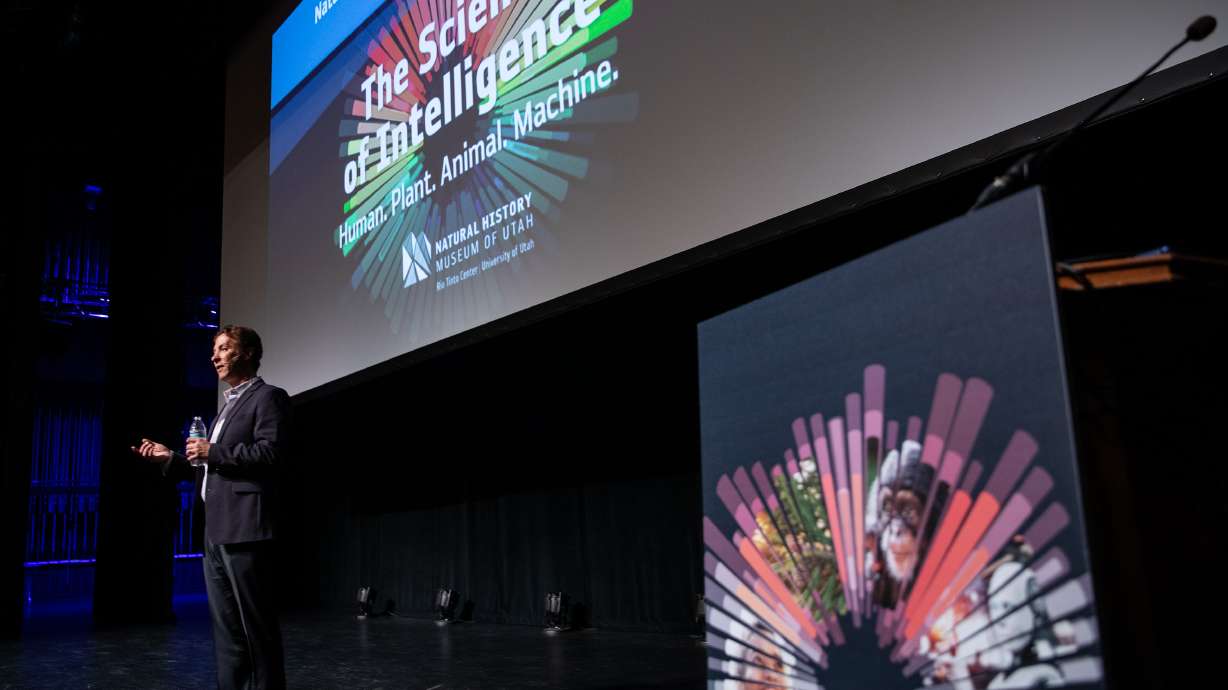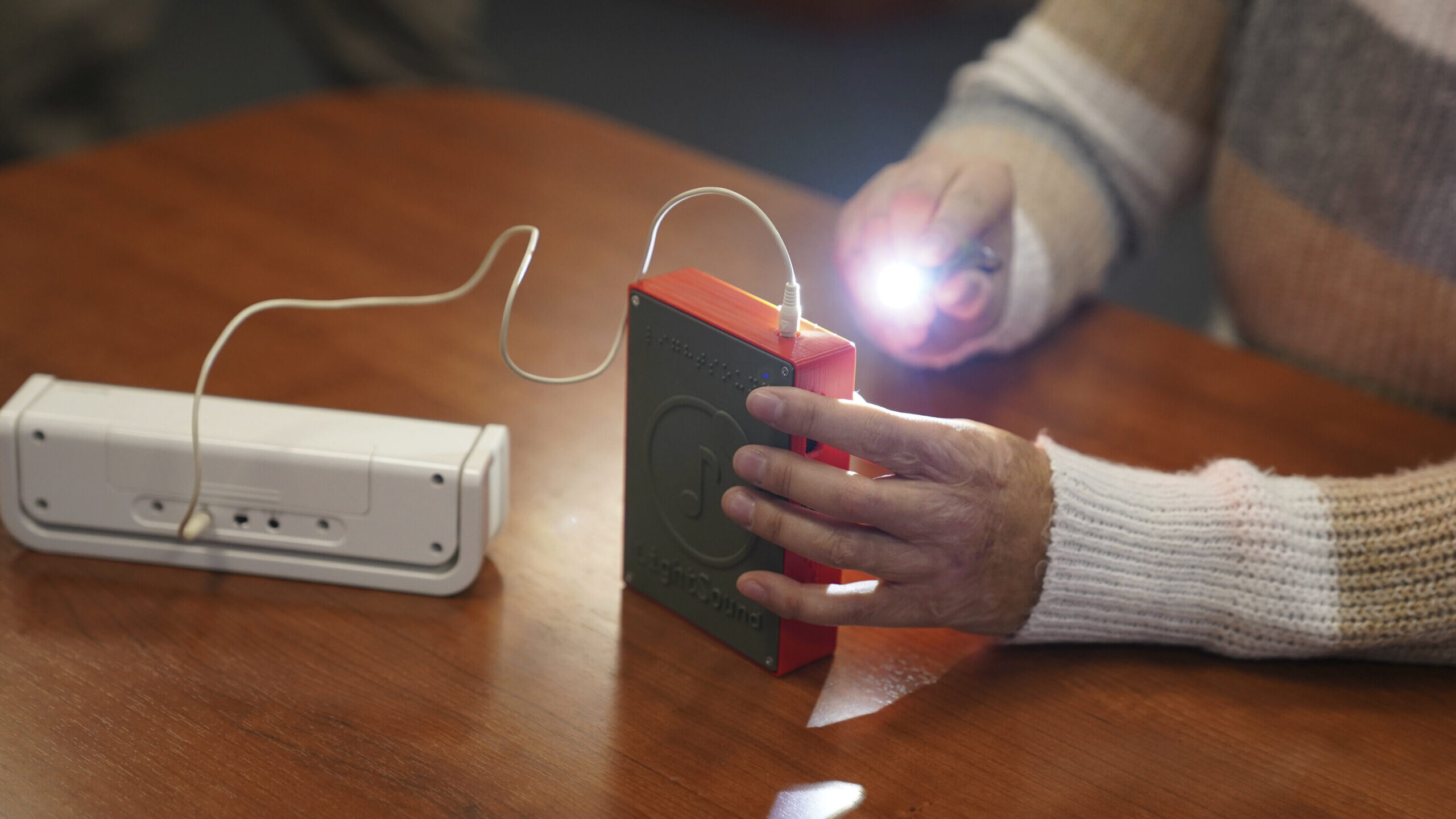The Orionids meteor shower is expected to peak at 2 p.m. ET on Friday, Oct. 21, but will be best observed earlier in that time zone, between the hours of midnight and dawn. If viewing properly, away from any bright lights and light-polluted areas, viewers can expect to see around 10 to 20 meteors per hour during this time, according to EarthSky.
As the meteor shower peaks, the moon will be approaching a slim waning crescent, and will no longer be bright enough to obscure the view of the meteors. However, NASA Meteoroid Environment Office lead Bill Cooke suggests looking anywhere in the night sky that is away from the moon to best observe the fireballs.
“It takes about 45 minutes for your eyes to adapt to the dark, so they can be more sensitive and see finer. If you look at your bright phone, a streetlight or the moon, you’re going to ruin that night vision,” Cooke said.
NASA recommends going outside at least 30 minutes prior to watching meteors, to adjust to the night sky.
“Meteor shower observing is something that takes time. You should plan on spending two hours or so outside— it’s not a 15-minute adventure,” Cooke added.
The meteor shower officially began on Sept. 26 and will last until around Nov. 22, so skywatchers will still have a chance to see the Orionids after the peak.
The Orionids radiate outward from the constellation Orion the Hunter — specifically a point near Orion’s sword, close to the large red star, Betelgeuse — but you don’t need to know that point’s location to see the meteors; they will appear in all parts of the sky.
No special equipment is needed to observe meteor showers, and the Orionids are visible from every region in the world, weather permitting.
Orionids origins
While the shower’s name originates from its nearest constellation, the meteors themselves are fragments of dust left behind by Halley’s Comet as it orbits the sun, a journey that takes about 76 years.
When Earth’s orbit intersects with the comet’s orbit trail, we encounter the Orionids. In early May, we see these same particles at a different point of the comet’s orbit, but there they go under the name of Eta Aquariids meteor shower.
“It occurs about once in a person’s lifetime (that Halley’s Comet is visible from Earth); once every 76 years, so everybody gets one shot at seeing Halley’s Comet,” Cooke said. “For those who haven’t seen Comet Halley, if you don’t want to wait for its return, you can at least go out and see the Orionids.”
Halley’s Comet was last here in 1986 and will return in 2061, but the Orionids come around every year. The meteors tend to be bright and fast moving, and they often leave persistent trails that can glow in the sky for a few seconds after they streak by. The only other meteor showers that produce brighter fireballs are the Perseids and Geminids, according to Cooke.
In the years of 2006 to 2009, the meteor rates had almost tripled, increasing from 20 per hour to 40 — and sometimes up to 70 per hour. It was unexpected behavior that was caused by Jupiter’s gravitational pull, Cooke said.
“Meteor showers can surprise you,” he added. “This year, the forecast is for normal Orionids’ behavior, but you never know.”
Other space events this year
There are five more meteor showers you can see in the remainder of 2022, according to EarthSky’s 2022 meteor shower guide:
• November 5: South Taurids
• November 12: North Taurids
• November 18: Leonids
• December 14: Geminids
• December 22: Ursids
There are two more full moons on the The Old Farmer’s Almanac calendar for 2022:
• November 8: Beaver moon
• December 7: Cold moon
And there will be two more eclipses — one solar, one lunar — occurring this year.
The partial solar eclipse on October 25 will be visible to people in parts of Greenland, Iceland, most of Europe, northeast Africa, and western and central Asia. The total lunar eclipse on November 8 can be seen in Asia, Australia, the Pacific, South America and the western half of North America.
The-CNN-Wire
™ & © 2022 Cable News Network, Inc., a Warner Bros. Discovery Company. All rights reserved.














